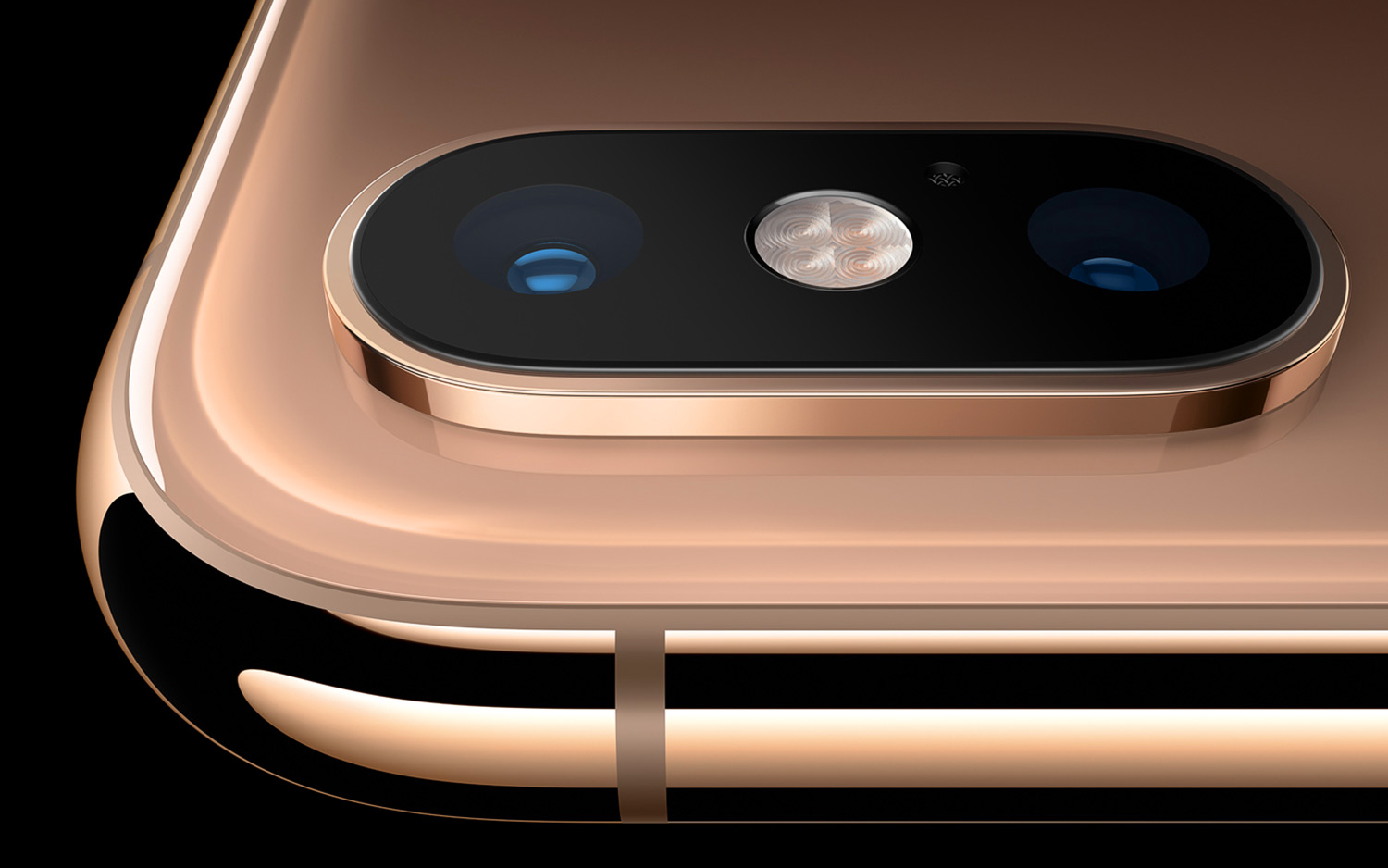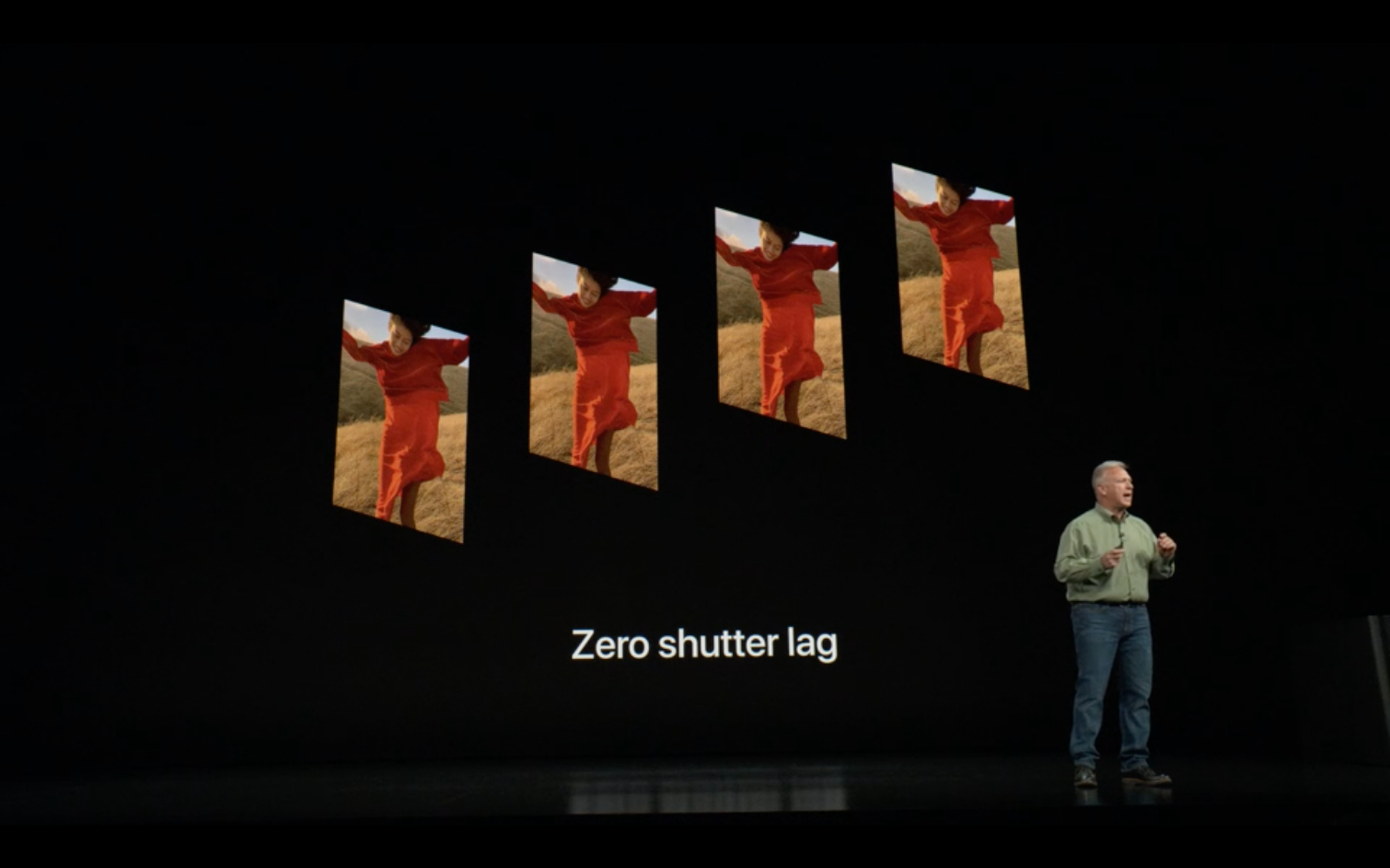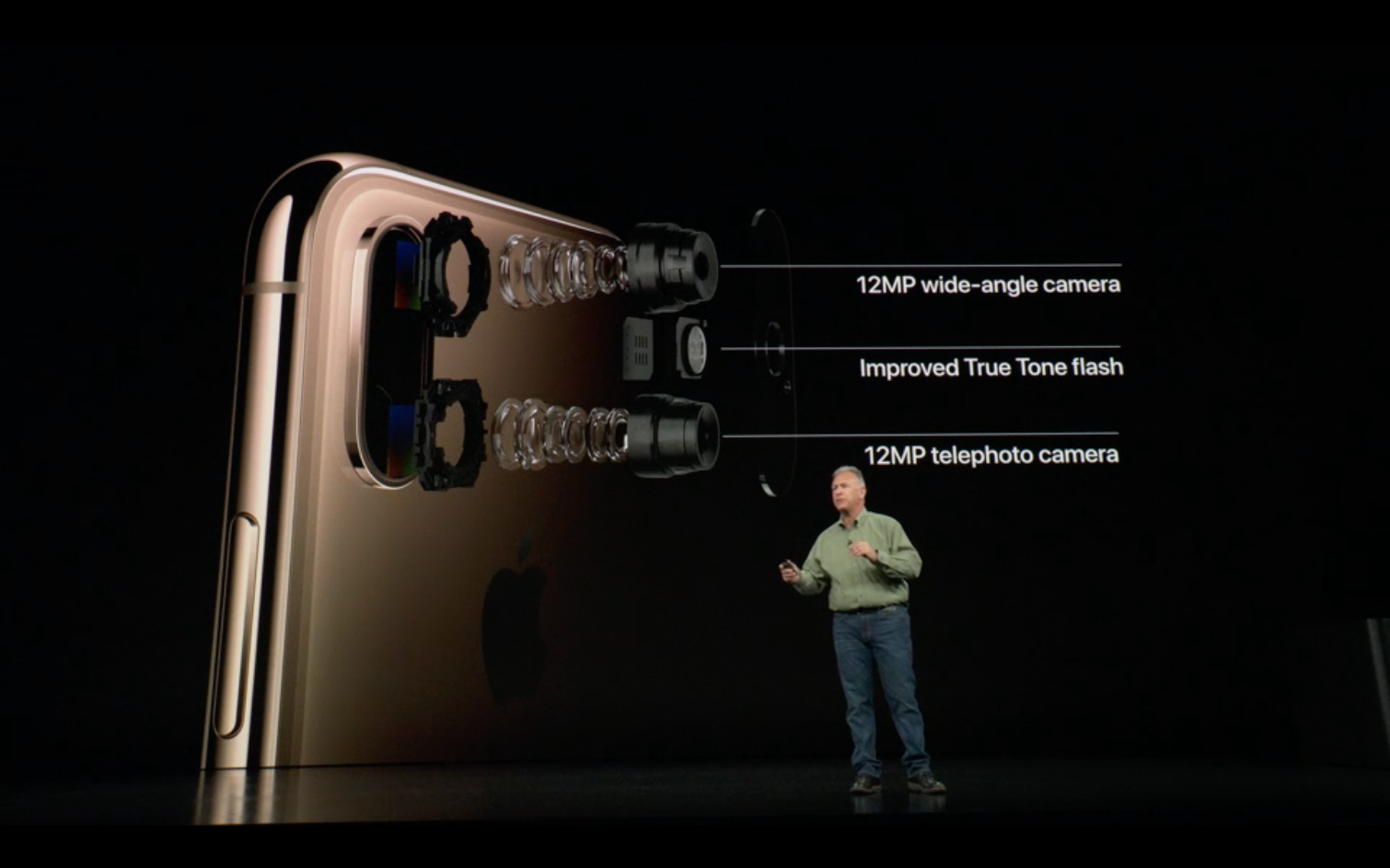3 Biggest Camera Upgrades on the New iPhones Explained
Here's how the new cameras and processors in the iPhone XR, Xs and Xs Max will help you take better images than you've ever been able to with any previous iPhone.

Camera upgrades are expected with every new smartphone release. However, the improved shooters in the new iPhone XR, Xs and Xs Max have less to do with new lenses and image sensors, but rather radical new approaches to mobile photography. Here's how they'll help you take better images than any previous iPhone.

The power of the A12 Bionic
Apple is leveraging the extra horsepower from the new 7-nanometer A12 Bionic processor to bolster the machine learning-based tricks its phones use to deliver better photos.
Take Smart HDR, for example. Past iPhones had HDR, a feature that captures multiple exposures in a short time frame, then combines elements of each to deliver a more balanced shot. But the Smart HDR feature in all three of the new iPhones captures utilizes the new handsets' faster image signal processor to capture a greater number of exposures than before, and in a shorter amount of time — so the shutter lag is unnoticeable, but the results are even better.
MORE: Apple Event Highlights: Everything From the Sept. 12 Event
Shallow depth-of-field portraits are not only more detailed, with crisper foregrounds and more exquisitely blurred backgrounds, but the bokeh can even be manipulated after the fact. This is a feature that was already possible on some Android phones from Motorola and Samsung, though the feature has never been done to particularly great effect — so we're curious as to how successful Apple's implementation will be.

An impressive facet of the $749 iPhone XR in particular is that Apple has developed a way to compose a depth segmentation map using clever software and just one lens. Google achieved this last year with the Pixel 2, and it proved a significant advantage over Apple's single-camera iPhone 8, which could deliver great images but was unable to take portraits because it lacked a second shooter. Of course, the iPhone Xs and Xs Max's main lenses are joined by a 12-MP, f/2.4 telephoto.
Get instant access to breaking news, the hottest reviews, great deals and helpful tips.
The True Depth camera system delivers even faster Face ID authentication thanks to the A12 Bionic's improved neural engine. With Face ID making its way to all three new iPhone models, this is a significant improvement that could take away the sting of losing Touch ID.
Low-light photography gets a bump
One of the underrated benefits to Apple's approach to photography in its phones is that every device in the range gets the same main camera. This time around, that's a 12-megapixel, f/1.8 lens with optical image stabilization and a larger image sensor.

It's that last detail that we're particularly concerned with, because image sensor size has a significant effect on the appearance of low-light shots. As sensors are packed with more megapixels, the photodetector sites on the sensor get smaller — and smaller pixels are the enemy of light.
We expect the new image sensor's larger footprint to pull in more light in dim scenarios, therefore improving low-light photography in the new iPhones. And that's an area where the iPhone X and iPhone 8 have actually struggled compared to the best efforts from Huawei, Samsung and Google in our testing.
Crisper videos
The iPhone X and iPhone 8 could capture 4K videos, but Apple says the iPhone XR and Xs' video capabilities go a step further. Just like when snapping photos, videos recorded on these devices leverage the larger image sensor for better low-light visibility. And if you're recording in 30 frames per second rather than 60, the dynamic range is extended — making for clips that are even more detailed, especially during playback on the HDR-enabled displays in each of the three new handsets.
Outlook
You can tell we're excited to see what these new cameras can do. Apple's A12 Bionic chip looks to bring about a couple breakthroughs in computational photography, but they surely won't be the last. Mobile cameras have advanced at an unbelievably fast pace in recent years, not simply because of better image sensors and lenses, but because engineers have discovered ways to use software and machine learning to artificially enhance images.
This is why we can't wait to take the iPhone XR and Xs out into the real world, where we'll be able to evaluate their photography chops against the latest efforts from Google and Samsung. Oh, and with the Pixel 3 set to be unveiled next month, you can be sure Mountain View has a couple of its own tricks up its sleeve to match Cupertino's hard work.
Photo Credit: Apple
Adam Ismail is a staff writer at Jalopnik and previously worked on Tom's Guide covering smartphones, car tech and gaming. His love for all things mobile began with the original Motorola Droid; since then he’s owned a variety of Android and iOS-powered handsets, refusing to stay loyal to one platform. His work has also appeared on Digital Trends and GTPlanet. When he’s not fiddling with the latest devices, he’s at an indie pop show, recording a podcast or playing Sega Dreamcast.
